When your bladder fills up, the pressure inside increases, triggering a psychoneural process that leads to urinary urgency—that sudden, compelling need to urinate. Sometimes, fulfilling that immediate need encounters unexpected hurdles: no restroom nearby, all nearby ones are locked, or the distance to the nearest one is too great. Or, you may find yourself in a situation where leaving immediately isn’t an option. What should you do?
(more…)-
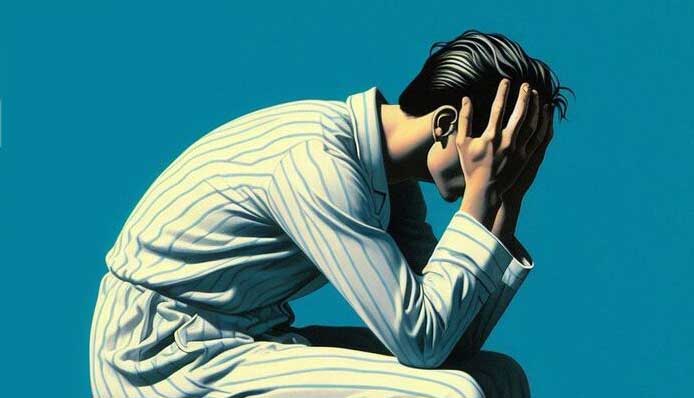
Pelvic Floor Muscle Training
While using the bathroom to relieve yourself may not seem like exercise, it actually engages your pelvic floor muscles. Without their proper contraction and relaxation, this basic activity would be impossible. These muscles can weaken and strain due to factors such as poor posture, sedentary lifestyle, constipation, chronic coughing, obesity, aging, injury, or pelvic surgery. Pregnancy and childbirth can also have a detrimental effect on their strength. Weak or strained pelvic floor muscles can lead to conditions such as urinary or fecal incontinence, involuntary passage of intestinal gas, pelvic organ prolapse, or sexual dysfunction.
What can you do to strengthen and condition your pelvic floor muscles?
(more…)
-

Safely Sneezing and Coughing
By looking up or over your shoulder while coughing or sneezing, you can reduce the strain on your pelvic floor caused by the sudden increase in pressure in your abdomen.
(more…)
-

Peeculiar Urinometrics
The human bladder can hold between 350 ml to 600 ml of urine. Its fullness can be comfortably suppressed by voluntary activity of the pudendal nerve until the bladder reaches a maximum capacity of about 500 ml. With a typical fluid intake of around 2 liters per day, healthy adults usually excrete between 800 to 2,000 milliliters of urine daily, making an average of seven trips to the bathroom in a 24-hour period.
Do your urination habits align with these averages?
(more…)
-
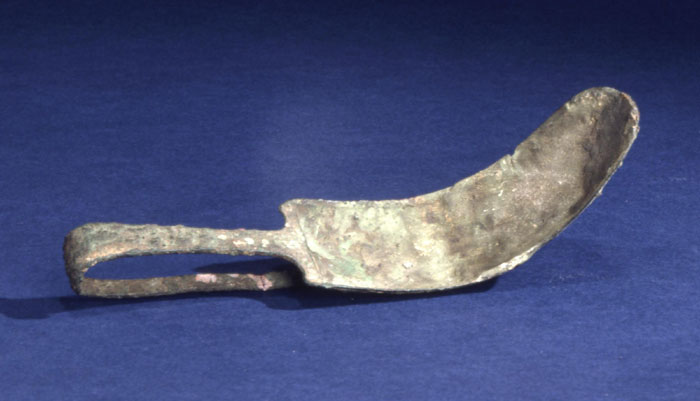
Strigil: Rome’s Alternative to Soap
Ruins of opulent public bathhouses, known as “thermae,” stand as visual testaments to the ancient Romans’ obsession with cleanliness. Historians reveal that individuals across all social strata, from the affluent to the impoverished, and even slaves living in the capital of the Roman Empire, made it a habit to bathe daily and undergo thorough cleansing regularly.
(more…)
-
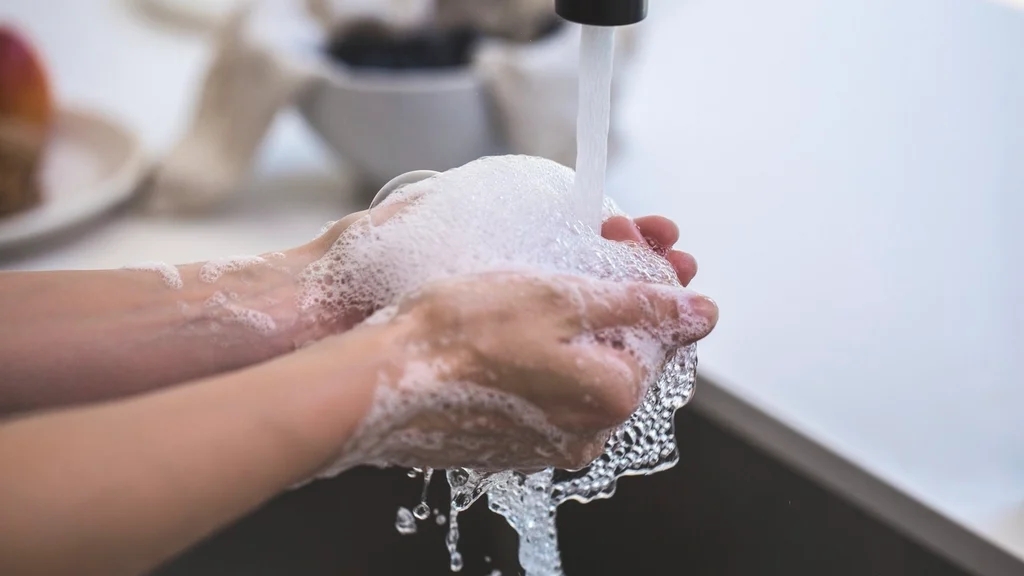
How Soap Lifts Dirt and Water Washes It Away
If you consider the hygienic and sanitary properties of soap, the true purpose of washing your hands is not to kill bacteria and viruses, but to simply wash them away. And the way regular soap accomplishes this task is truly remarkable on a molecular level.
(more…)
-
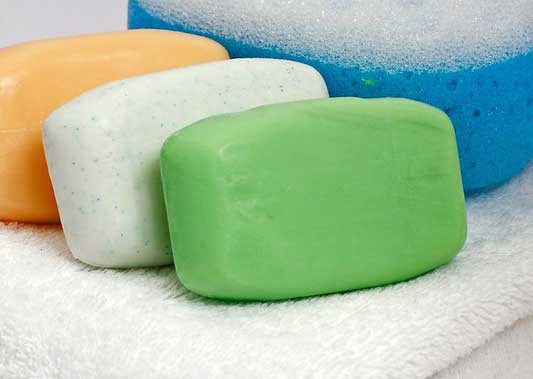
The Magic Trio: Soap’s Three Essential Ingredients
Soap, a surfactant commonly used for washing, bathing, and housekeeping, has a very long history spanning about 3,500 years. During this time, it has undergone a remarkable transformation from a greasy, smelly substance to the scented solid, liquid, and powdered detergents we use today. Despite its ancient origins and evolution, modern soap is still crafted from three fundamental components: fatty acids, alkali, and water.
(more…)
-

REM Sleep: The Dreamy Paralysis
During a typical night’s sleep, we undergo four to six cycles of sleep, each lasting around 80 to 100 minutes. Each cycle consists of two phases: non-REM sleep and REM sleep, where REM stands for “rapid eye movement.” The non-REM phase includes three stages, representing our transition from wakefulness to deep sleep.
During the REM phase, although we’re still in deep sleep, our heart rate and breathing speed up, and our brain activity increases, resembling wakefulness. This is the phase when dreaming is most likely to happen. What’s fascinating about this phase isn’t just our ability to dream but also the temporary paralysis of our muscles, which stops us from physically acting out our dreams.■
-
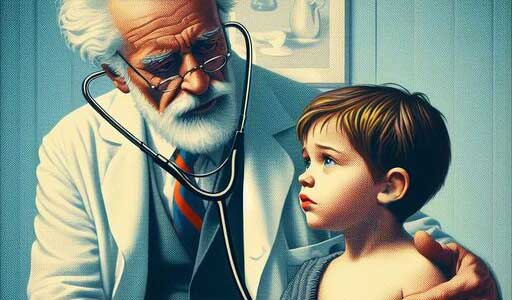
Visceral vs Somatic Pain
Both visceral and somatic pain belong to the category of nociceptive pain, which stems from tissue damage.
Visceral pain occurs when there are injuries or damage to internal organs, typically in areas such as the pelvis, abdomen, chest, or intestines. The term “viscera” is derived from the Latin word “viscus,” referring to the body’s internal organs. Somatic pain, on the other hand, arises from pain receptors in the skin, muscles, connective tissues, joints, and bones. This term originates from the Greek word “somata,” meaning the body as distinct from the mind.
Occasionally, somatic pain may be perceived even when there is no underlying physical cause: statistically, 5 to 7% of individuals believe they are unwell, regardless of whether their physical symptoms are linked to a diagnosed medical condition. This mental health condition is known as “somatic symptom disorder” and is outlined in the Diagnostic and Statistical Manual of Mental Disorders published by the American Psychiatric Association.
It’s important to note that “somatic therapy” is not a treatment specifically targeted at somatic pain or somatic symptom disorders. This experimental therapy, also referred to as “body-oriented psychotherapy,” is a form of mental health counseling aimed at addressing emotional distress supposedly triggered by physical symptoms. Therapists practicing somatic therapy believe that physiological dysfunctions can lead to anxiety, which then manifests as further physiological and neurological symptoms, thus intensifying the patient’s anxiety about their health. The primary goal of somatic therapy is to enhance the patient’s physical and emotional well-being by integrating psychotherapy with physical interventions, based on the premise that the body and mind possess inherent healing capacities. However, some experts question the validity of this approach, highlighting the lack of scientific evidence supporting the claims of somatic therapy proponents and casting doubt on the efficacy of their treatments.■
Sources
- https://www.healthline.com/health/types-of-pain
- https://www.healthline.com/health/somatic-vs-visceral-pain
- https://www.psychologytoday.com/us/therapy-types/somatic-therapy
- https://www.psychiatry.org/patients-families/somatic-symptom-disorder/what-is-somatic-symptom-disorder
- https://my.clevelandclinic.org/health/diseases/17976-somatic-symptom-disorder-in-adults
- https://www.ncbi.nlm.nih.gov/books/NBK532253/
- https://sciencebasedmedicine.org/what-is-somatic-therapy/
- https://www.mentalhelp.net/psychotherapy/and-pseudoscience-five-indicators-of-dubious-treatments/
- Anderson, D.M. et al. (2002). Mosby’s Medical, Nursing & Allied Health Dictionary. 6th ed. Mosby.
-

Frozen Fallout: Nuclear Pollution in the Arctic
During the Fukushima nuclear accident on March 11, 2011, radioactive material was released into terrestrial, marine, and freshwater environments. Some of the airborne contaminants were deposited on land areas of Japan through precipitation, while most of the remainder fell over the North Pacific Ocean. Less than 2% of the total fallout was deposited in areas outside Japan.
(more…)


